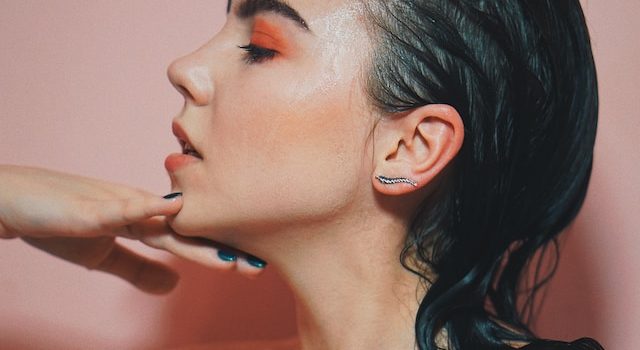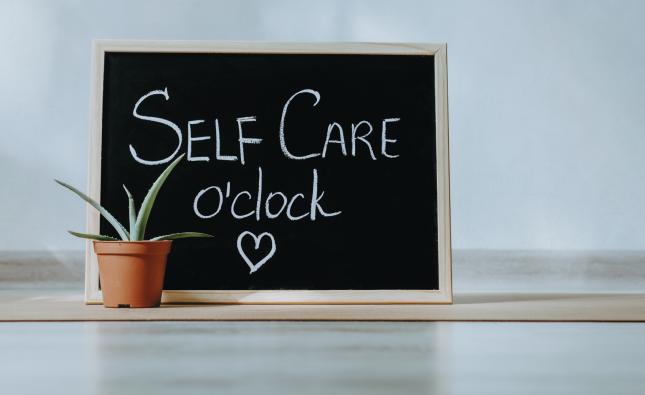
Introduction:
Straightening wet hair may seem convenient, but experts strongly advise against it due to the potential risks and damage it can cause. In this article, we will delve into the reasons why professionals caution against straightening wet hair and provide valuable insights into the best practices for maintaining healthy, gorgeous locks.
1. Excessive heat damage and weakened hair:
One of the main concerns experts have regarding straightening wet hair is the increased risk of heat damage. Wet hair is more susceptible to heat-induced damage since the moisture in the strands can quickly turn into steam, causing the hair to become weak and brittle. Applying high heat to wet hair can lead to breakage, split ends, and overall hair damage. By waiting until your hair is completely dry before straightening, you minimize the chances of causing irreversible harm to your precious locks.
2. Uneven results and compromised styling:
Attempting to straighten wet hair often results in subpar and inconsistent outcomes. Wet hair is resistant to heat, making it challenging to achieve a smooth, straight look. The excess moisture interferes with the straightening process, causing the hair to revert back to its natural texture more quickly. As a result, you may experience unevenly straightened strands and a diminished overall styling effect. To ensure optimal results and a sleek finish, it is crucial to work with dry hair that is better receptive to heat styling.
3. Safety hazards and potential burns:
Straightening wet hair poses potential safety hazards, including the risk of burns. The moisture in wet hair can rapidly turn into steam when exposed to high heat, leading to sizzling sounds and potential burns to your scalp or skin. Additionally, the slippery nature of wet hair increases the likelihood of the straightening iron slipping or snagging, resulting in accidents or injuries. By prioritizing safety and waiting for your hair to dry completely, you can avoid these risks and create a secure environment for your styling routine.
4. Loss of moisture and essential oils:
Heat styling wet hair causes the moisture and natural oils present in the strands to evaporate rapidly, leading to dry, brittle hair. Straightening wet hair strips away the vital moisture and oils that help maintain the hair’s health, elasticity, and shine. Waiting until your hair is dry before using heat styling tools preserves the natural moisture balance and prevents excessive dehydration. It is essential to maintain the hair’s integrity and moisture levels to minimize frizz, brittleness, and other hair-related issues caused by moisture loss.
Conclusion:
Experts strongly caution against straightening wet hair due to the potential risks and damage it can inflict on your tresses. Excessive heat damage, weakened strands, uneven results, safety hazards, and moisture loss are among the key concerns associated with straightening wet hair. To ensure the health and vitality of your locks, it is best to wait until your hair is completely dry before subjecting it to heat styling tools. By doing so, you minimize the risk of hair damage, breakage, and compromised styling outcomes. Remember to prioritize safety by avoiding potential burns and accidents that can occur when attempting to straighten wet hair. Instead, maintain your hair’s moisture balance and overall health by embracing safe and effective styling practices. Ultimately, by following expert advice and respecting the well-being of your hair, you can achieve stunning, straight styles while keeping your locks healthy and beautiful.










